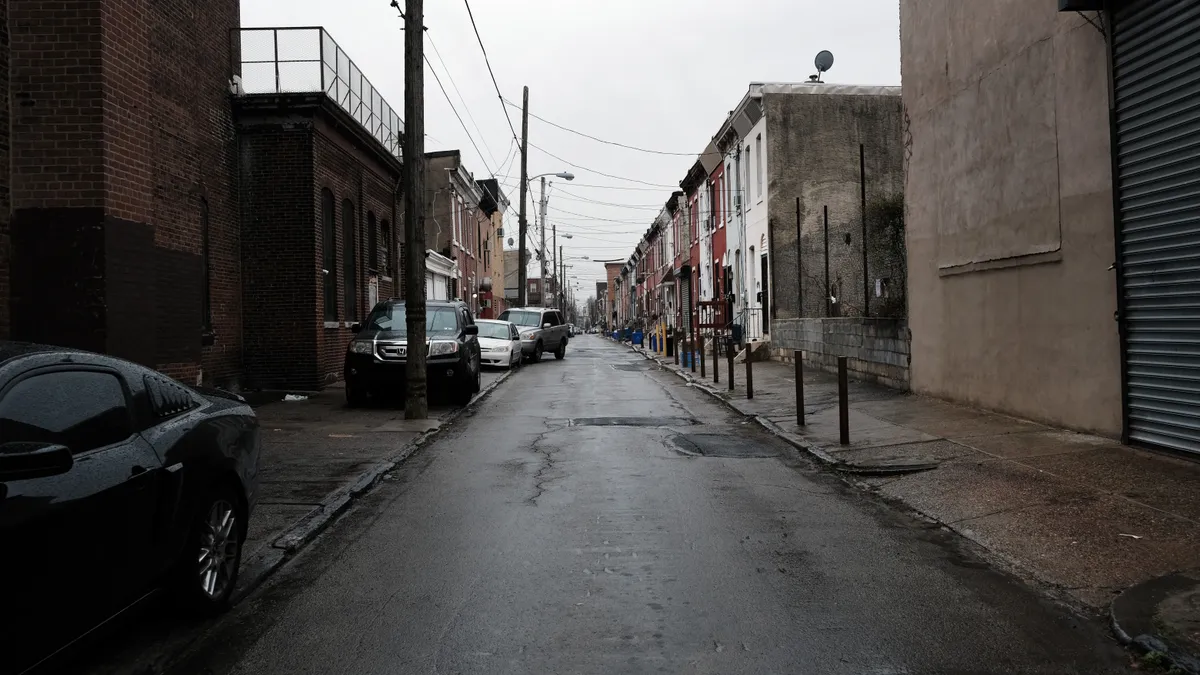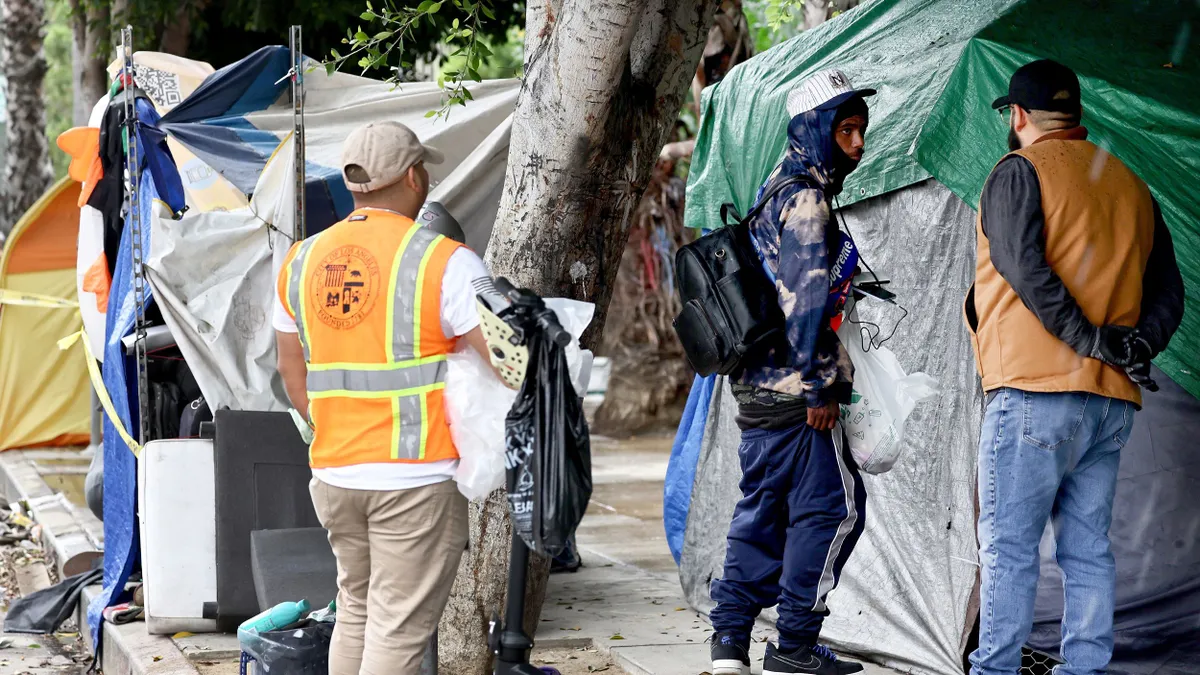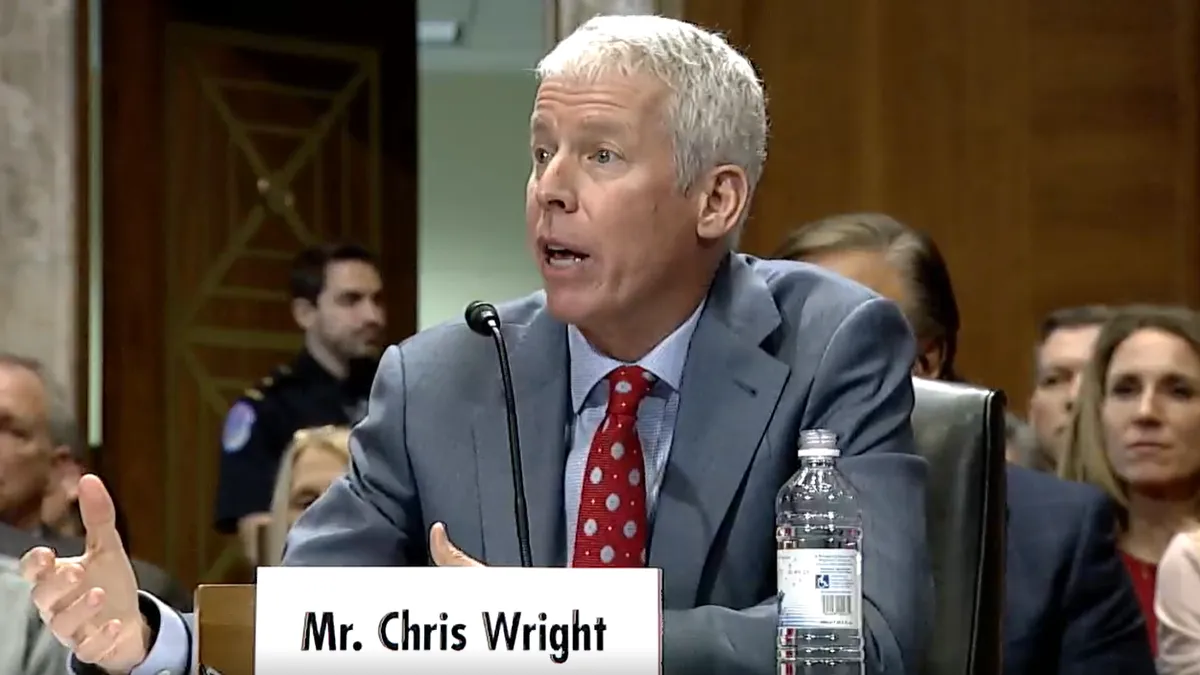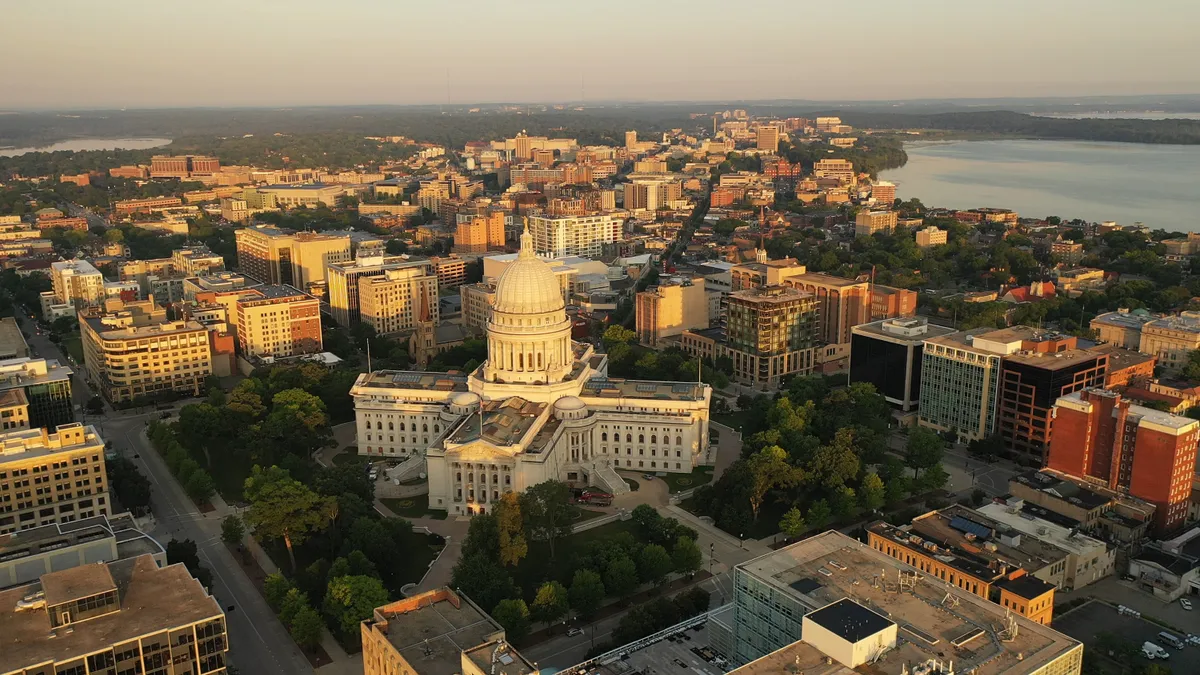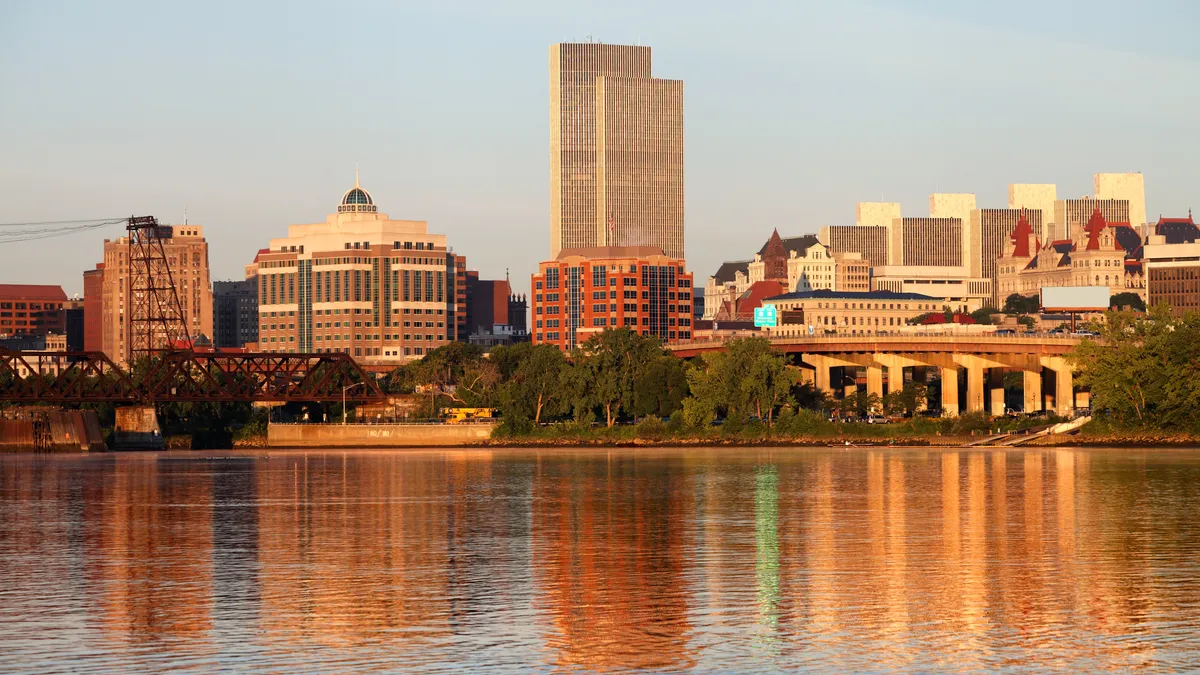Early in the COVID-19 pandemic, as governments were scrambling to figure out how to protect both public health and the economy, Elizabeth Marx reached out to Pennsylvania authorities with a simple request: Keep everyone’s lights on.
“We knew immediately, with people needing to stay home, we had to ensure that nobody would lose power or heat, even if they couldn’t afford to pay,” said Marx, executive director of the Pennsylvania Utility Law Project. “We’re talking about essential services.”
The Pennsylvania Public Utility Commission (PPUC) instituted a moratorium on utility disconnections in March 2020 that it eventually extended through April 2021. Nationally, 34 states imposed moratoriums on utility shutoffs in the year since lockdowns began, according to a map compiled by the National Association of Regulatory Utility Commissioners (NARUC). However, with no nationwide moratorium, the policies established only a patchwork of protection.
Now many of those moratoriums are ending, leaving consumers with a backlog of unpaid bills. Only 11 states still had active moratoriums as of July 1, according to the National Energy Assistance Directors Association, and those covered less than 30% of the U.S. population. Five were listed as having July and August expiration dates.
One estimate of the scope of the problem comes from a June study from the Center for Biological Diversity, which found that utilities in 17 states with available data had performed more than 1 million shutoffs since March 2020, but the study warned that a national estimate is hard to come by because disclosure laws differ from state to state.
In Pennsylvania, more than 116,000 households have faced disconnections between April and June, according to PPUC data shared by Marx. The actual count is likely much higher, Marx said, because that figure does not include municipal utilities or utilities unregulated by the state. The state has accommodated low-income ratepayers by allowing them to apply for extended payment plans, but the window to apply for those extensions will close at the end of the month. Marx fears that the change could unleash a new payment crisis.
The moratorium "has been a big help and also kind of a mask for the affordability problems," Marx said. "If folks couldn’t afford their bills before, then they probably can’t afford all of their back bills, even on a payment arrangement."
The rising cost of utilities has been a long-simmering issue, especially as power and water providers raise costs to cover massive infrastructure upgrades. A 2020 report from the American Council for an Energy-Efficient Economy found that 25% of all U.S. households face a high energy burden, meaning they pay at least 6% of their income on energy bills. As it did for so many economic problems, the COVID-19 pandemic brought that burden into sharp relief.
“Between the increased usage from people being at home and the decreased economic revenue from people losing jobs and wages, the affordability gap was only going to grow,” said Mark Toney, executive director of The Utility Reform Network, a consumer advocacy group based in Oakland, California. “We wanted a moratorium to give people a breather so they’re not worried about having utilities shut off while they’re at home.”
Odogwu Obi Linton, a commissioner for the Maryland Public Service Commission (PSC), said that at the beginning of the pandemic, the state thought utilities would be able to handle short-term disruptions with existing customer assistance programs, like payment plans and state and federal welfare programs. Once it became clear that the pandemic was not a short-term event, the commission faced “dual challenges,” Linton said: making sure customers weren’t being disconnected and helping utilities recoup their costs. Maryland Gov. Larry Hogan issued a shutoff moratorium in March 2020, which was eventually extended through September 2020; the PSC issued a rule in August barring shutoffs through November 2020.
The moratorium was an “aggressive” but necessary step, Linton said. However, it came with at least one unintended consequence: “For a lot of consumers, a shutoff notice is that signal to apply for help from the state or federal government,” Linton said. “We had several million dollars available, but we did not have consumers applying for it. Now we have utilities starting to send notices, but they’re directed to work with consumers and get appropriate measures in place.”
Linton said the disconnection numbers in Maryland have been “very small,” in large part because of assistance available. But studies have shown that the moratoriums were a valuable tool.
A working paper from Duke University researchers published in January estimated that shutoff moratoriums reduced COVID-19 infection rates by 4.4% and mortality rates by 7.4% because they allowed low-income people to stay at home instead of crowding into households with family and friends. The study estimated that over 15% of COVID-19 deaths could have been avoided if moratoriums had been applied nationwide.
In an opinion piece for Utility Dive, New York state Senator Kevin Parker and Public Utility Law Project Executive Director Richard Berkley warned of a “tsunami of service disconnections for the millions of low-income and newly low-income New Yorkers” after moratoriums ended. (Under New York's state law, customers can opt in to have connections protected through Dec. 21.) “Those shutoffs and collection processes will destroy credit ratings, impair employability and the ability to get insurance, and will impede New York’s economic recovery for many years to come unless rapidly and responsibly resolved,” Parker and Berkley wrote.
The authors called on the state to use federal rescue plan money to cover utilities’ debts without burdening ratepayers and to adopt a plan that would have utility shareholders take on at least half of customers’ arrears. Minnesota, Wisconsin and Oregon have all adopted similar plans to reduce the impact to ratepayers.
The federal aid packages passed by Congress have offered states a lifeline as unpaid bills pile up. New Jersey Gov. Phil Murphy, for example, signed a bill spending $250 million of American Rescue Plan funding on utility assistance in a state where reported unpaid bills have risen from $376 million at the end of 2019 to $709 million at the end of 2020. Virginia legislators have put $120 million to covering bills that are more than 60 days overdue.
Some cities have also enacted or expanded their own assistance programs. Victorville, California, for example, released $2 million in American Rescue Plan Act funds to help consumers zero out utility balances. Seattle Public Utilities suspended certain payment plan requirements and has made emergency assistance available.
Linton, who chairs NARUC's Committee on Consumers and the Public Interest, said local officials will continue to play an important role in making sure assistance programs reach the consumers who need them.
“Local elected officials are the ones who are closer to the community, who know what’s happening day to day. They’re the ones who can be asking what can be done for low-income consumers,” Linton said. “For consumers, utility service is much more local than it is state or federal.”
Marx said the “creative thinking” from utilities and regulators that addressed arrears and kept consumers from falling behind should be a lesson learned from the pandemic.
“We can stop looking at this in terms of dollars and cents and think about the effects,” Marx said. “This all happened during a public health crisis, but if someone doesn’t have running water or they don’t have heat in the winter and cooling in the summer, it’s always going to be a public health crisis.”


